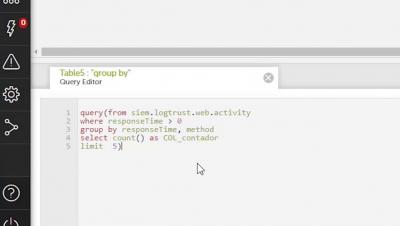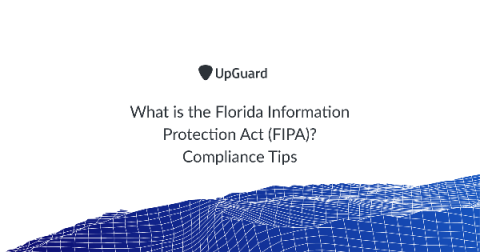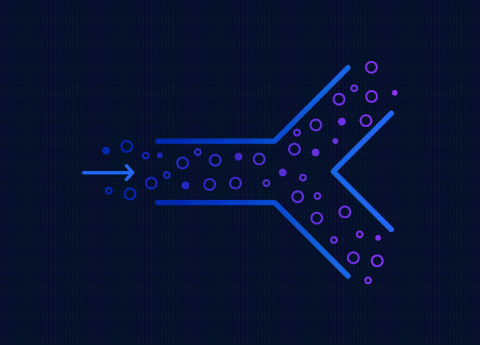Security | Threat Detection | Cyberattacks | DevSecOps | Compliance
%term
So You Want to Achieve NERC CIP-013-1 Compliance...
Is an electricity provider’s supply chain its weakest link in the event of a cyberattack? The evidence is compelling that third parties often play unwitting roles. For example, the NotPetya ransomware attacks in mid-2017 originally gained a foothold via a backdoor in third-party accounting software. To safeguard North America’s electricity supply, the North American Electric Reliability Corporation (NERC) has issued several critical infrastructure protection (CIP) standards.
What is a SOC Framework?
In the age of the digital world, owning a Security Operations Center (SOC) is vital for the cybersecurity of every organization. However, it is not necessarily true that every SOC is effective against cyber threats and attacks. The main reason behind this fact is a lack of standardized SOC frameworks. SOC framework requires a document to be designed to provide guidelines, requirements, and specifications in order to support cybersecurity operations effectively.
The Debut of Advanced ZenGRC Risk Mangement
Reciprocity’s mission is to connect the people, processes, and technologies critical to our customers information security risk and compliance management. As InfoSec becomes increasingly more complex, our customers want to become more agile in their risk management strategy. It is important for them to have better visibility and be able to respond to changes quickly.
Why should you use correlation rules on top of traditional signatures?
The AT&T Cybersecurity Alien Labs team is in charge of writing correlation rules and releasing threat intelligence updates on a day-to-day basis. When researchers in the team find new malware families or threats, we always try to find the best approach to keep our customers protected. In this blog, we will look into some of the differences between signatures and correlation rules.
What is the Florida Information Protection Act (FIPA)? Compliance Tips
The Florida Information Protection Act of 2014 (FIPA) came into effect July 1, 2014, expanding Florida's existing data breach notification statute requirements for covered entities that acquire, use, store or maintain Floridian's personal information. FIPA modified Florida's existing data breach notification law and applies to commercial and government entities.
Webinar - Protecting against Windows vulnerabilities
What Is Log Management, and Why Is It Important?
I think we all know what log management is. As discussed in a 2017 article for The State of Security, log management is about systematically orchestrating the system and network logs collected by the organization. That being said, there’s still some confusion surrounding why an enterprise would want to collect log data in the first place. There are two primary drivers for an enterprise to collect log data. These are security and compliance.
Guide: Smarter AWS Traffic Mirroring for Stronger Cloud Security
So, you’ve installed Coralogix’s STA and you would like to start analyzing your traffic and getting valuable insights but you’re not sure that you’re mirroring enough traffic or wondering if you might be mirroring too much data and could be getting more for less. The harsh truth is that in order to be able to detect everything, you have to capture everything and in order to be able to investigate security issues thoroughly, you need to capture every network packet.
NO FATE
“The future is not set, there is no fate but what we make for ourselves.” John Connor, Terminator 2 There is a prevailing viewpoint among security professionals that security breaches are inevitable. They have adopted the mantra, “It is not a matter of if but a matter of when.” As recently as the day I wrote this post, I attended a meeting where this attitude was used to justify accepting easy to mitigate security risks.









